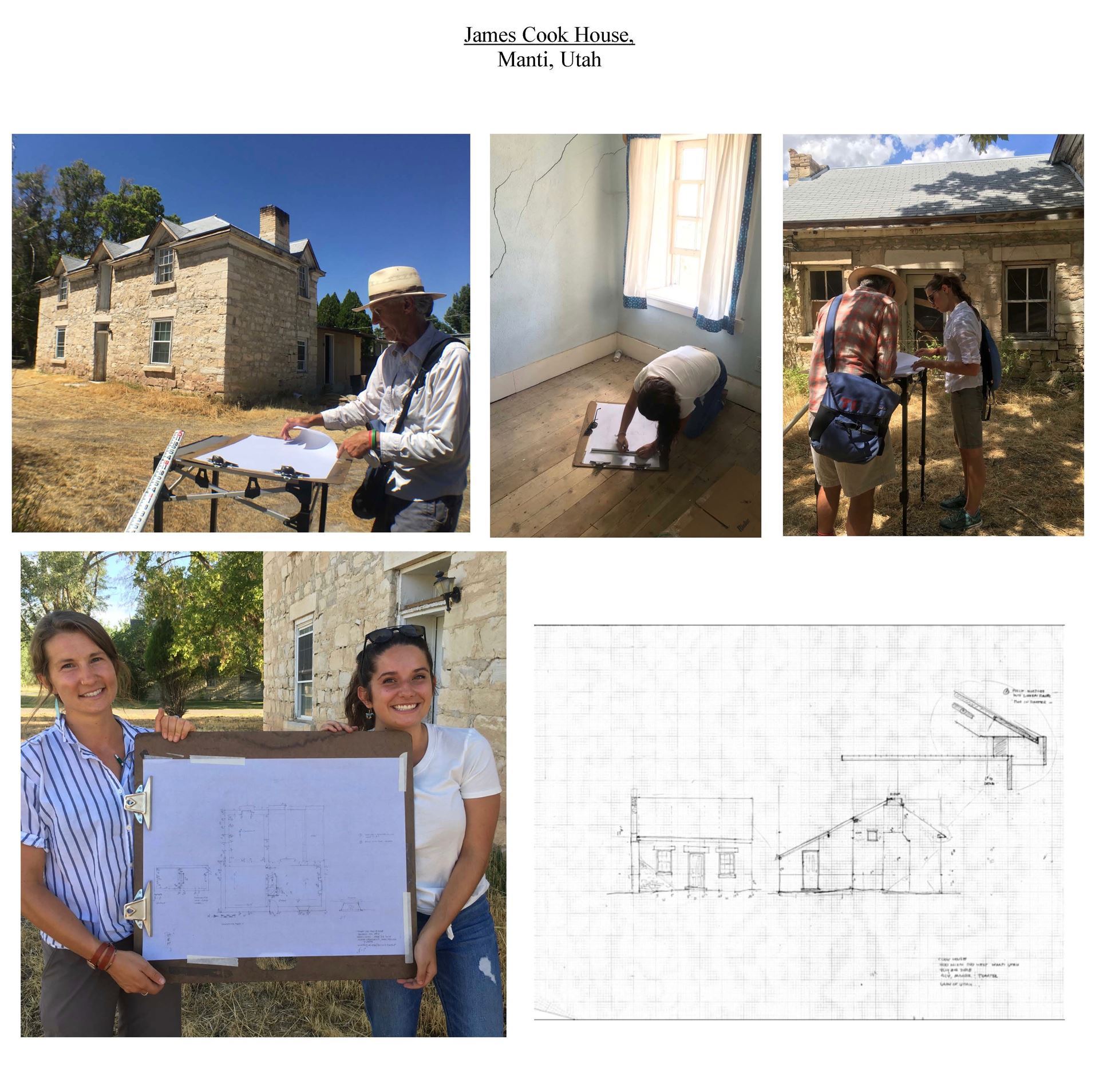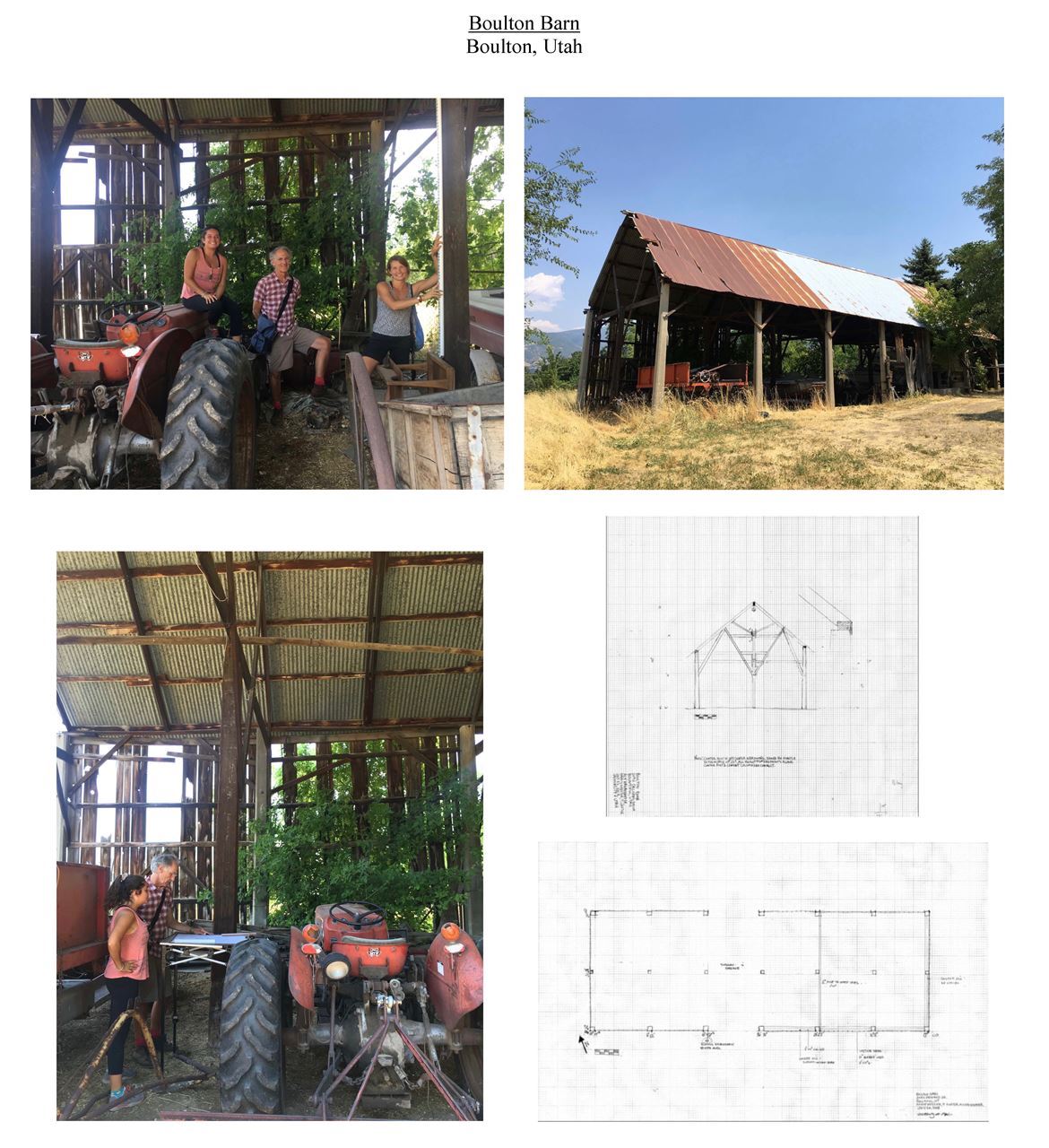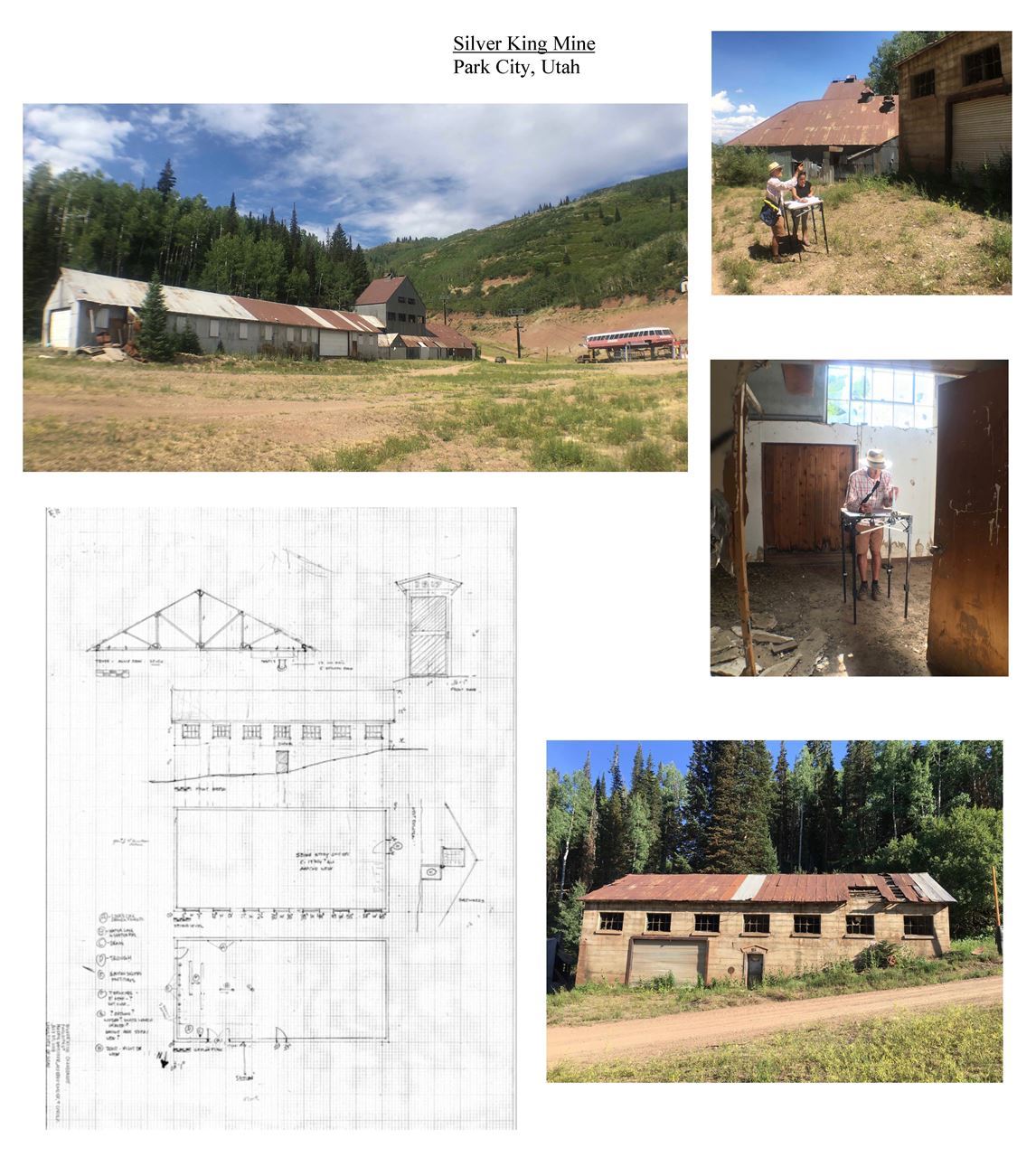by Alyssa Kreikemeier
“If you want to understand people of the past, don’t trust what they said about what they did, look at what they did.” -Tom Carter
James Deetz’s In Small Things Forgotten: An Archaeology of Early American Life closes with a line that repeats this sentiment, nearly verbatim when Deetz writes, “Don’t read what we have written, look at what we have done.”(1) I read Deetz’s words this fall I geared up for my orals exam in material culture for the PhD in American Studies at Boston University. Despite the rich examples that filled the preceding 200+ pages — gravestones and foodways, pottery and porcelain — these words called to mind a landscape far from New England when I read them.
Before I’d taken a dive into the literature, I put Deetz’s advice to work under the tutelage of Tom Carter during a field school in Utah this past summer. The Orlando Ridout V Fieldwork Fellowship enabled me to spend one July week rolling up my sleeves to document historic properties with perhaps the most widely established authority on Western vernacular landscapes.
In the July heat, my BU colleague Maddie Webster and I headed West to learn how to do measured drawings on a diversity of buildings including: mid nineteenth-century Mormon homes, an intermountain barn, and the Silver King Mine located above Park City. Riding along with Tom we covered a diversity of landscapes. We visited agrarian valleys that house the earliest traces of Euro-American settlement, a suburban development encasing a large barn, and the hybrid landscape of Park City where nineteenth-century miner’s houses can still be seen along narrow streets covered with the glitzy veneer of a resort town.
After long days of dedicated documentation, measurement, and drawings, we continued the learning through rich conversation over dinner. We discussed what we’d seen, historical questions that had been raised, challenges and insights gained through drawing, and biographical tid-bits. In addition to the field work, Anne Oliver generously set up a visit to SWCA Environmental Consultants so we could see how field work is of use outside of academic scholarship. We met Kate Hovanes and learned about the kind of work historical consultants do in cultural resource management. The 5-day field school offered Maddie and me exposure to not only the technical skills of measured drawing and career pathways, but the conceptual world of material culture and the historical context of the intermountain West. The remainder of the report follows as a photo essay including examples of the drawings we produced.
1 Deetz, In Small Things Forgotten., 260


